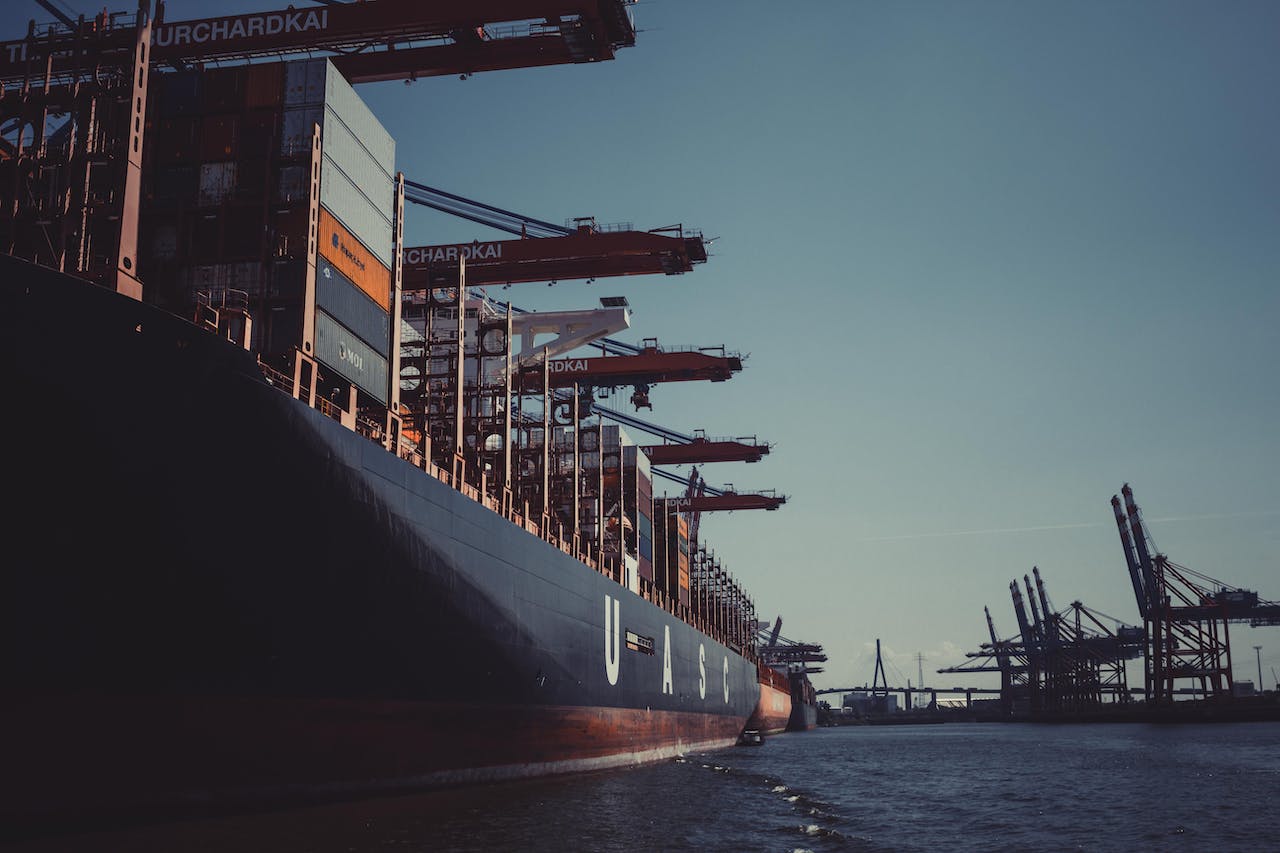
The Lowdown on Expedited Ocean Freight
Expedited ocean freight isn’t just about crossing the ocean faster. It includes quick port clearances, priority cargo handling, and efficient procedures at both the origin and destination ports.
Why Choose Expedited Over Standard Shipping?
Beat the Clock with Time-sensitive Deliveries
If your business works on tight deadlines, a single day’s delay can hit your bottom line. Expedited services are your go-to solution in such cases.
Lean Inventory, No Problem
If you run on a lean inventory model, expedited ocean freight allows for rapid stock replenishment, minimizing the need for expansive warehousing.
Quick Recovery from Hiccups
Unexpected supply chain disruptions can throw your operations off balance. Expedited services can put you back on track faster.
Weighing Your Options: Ocean Freight vs. Expedited vs. Air Freight
The Dollars and Cents
– Standard Ocean Freight: Best for cost-effectiveness, especially for bulk shipments. A great fit if you can afford normal transit times.
– Expedited Ocean Freight: More costly than standard but generally cheaper than air freight. It offers a speedier delivery while keeping costs relatively low.
– Air Freight: The fastest and most expensive option. Makes sense for urgent or high-value shipments.
Volume and Weight Factors
– Ocean Freight: Both standard and expedited options excel for heavy and bulky shipments, as charges are mostly container-based.
– Air Freight: A weighty issue—literally. Air freight is less suitable for heavy goods as charges are often based on dimensional weight.
Reliability and Flexibility
– Standard Ocean Freight: Offers a variety of schedules and routes, providing some leeway in departure dates.
– Expedited Ocean Freight: Guarantees more precise timings and lessens delays due to port congestion.
– Air Freight: Highly reliable but more susceptible to immediate disruptions like weather or geopolitical issues.
Wrapping It Up
The shipping method you choose as an importer from Asia plays a pivotal role in your supply chain strategy. Balancing factors like cost, speed, volume, and reliability is key. In today’s fast-paced world, consumer demands can shift rapidly, and supply chain disruptions are always lurking. A diversified shipping strategy, tailored to your specific needs, keeps your operations agile and robust. After all, it’s all about hitting that sweet spot of efficiency, cost-effectiveness, and reliability to keep your business sailing smoothly.
DOWNLOAD: DGL Sales Presentation Deck

Contact Us


